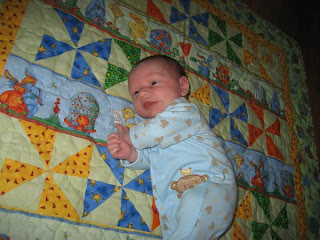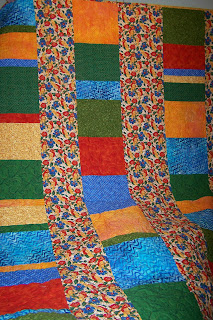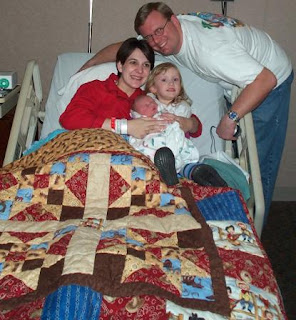Better Homes and Gardens Sewing for Your Home
Published by Meredith Corp.
Published in 1974
ASIN: B00161VWBI
Some Chapter Headings:
Colors and Fabrics
Window Fashions-A Decorating Asset
How to Make Pillows and Cushions
Room Dividers and Wall Hangings
Children’s Rooms are Special
I liked:
- The nice explanation of special cutting circumstances like fabrics with a pile, one-directional designs, or plaids.
- The sliding fabric panels on page 73. I love these! You’d have to see them, but basically the fabric panels attach to sliding tracks and essential create the impression of a fabric wall when closed.
- The introduction to quilting.
- The folding chairs that are made of 3 covered cushions that are hinged together. They can fold into cubes, chairs, lounges or mattresses.
My dislikes:
Not really any. I suppose that’s because the decor ideas are what I expected out of an early ’70s book.
Conclusion:
All that’s old is new again–well almost! If you are looking for a great home dec reference, this is it. This book includes great tables and diagrams for measuring and creating lots of basic, timeless home dec pieces: pillows, bedspreads, table runners, slipcovers, etc. I must also add that the chapter in color is wonderful with discussions and examples of rooms done in various color schemes. And, for an added plus, if you’re looking for some great ideas that translate into wonderful retro and modern ideas, a book published in the early 70s just might be the ticket!
Would I buy this book for myself?
Probably not, but as I “inherited” it, I’m glad it’s in my collection.
Would I buy this book for a beginner?
An old book is a great, and usually cheap, reference for a beginner. Somethings, like how to measure your windows, never change, making a book from a different decade, just as applicable.




 This one was made for me!
This one was made for me!
 Mom is holding the quilt she made for Sister #3, a Double Wedding Ring.
Mom is holding the quilt she made for Sister #3, a Double Wedding Ring.
